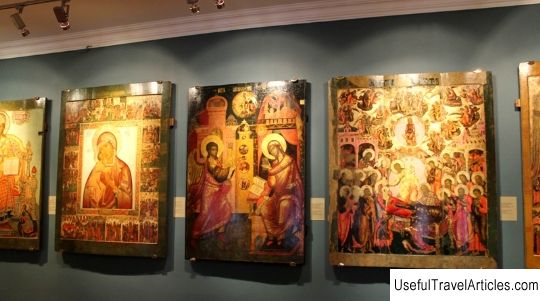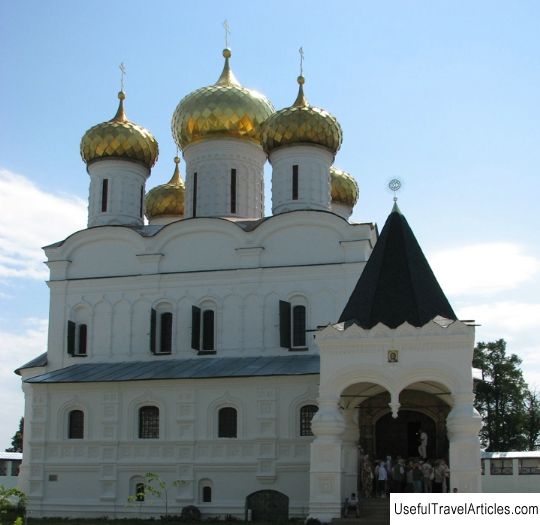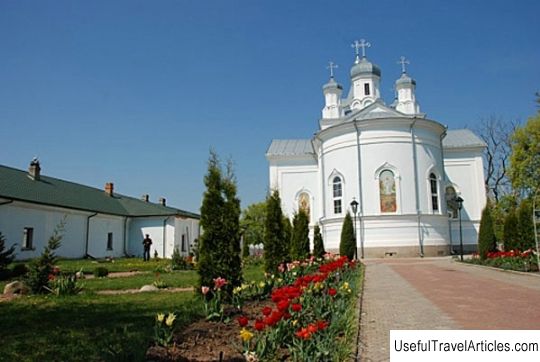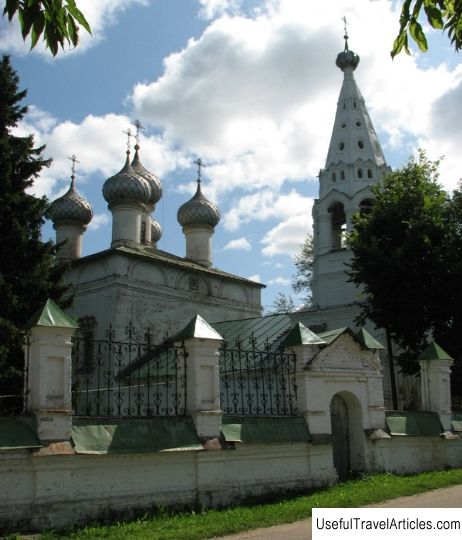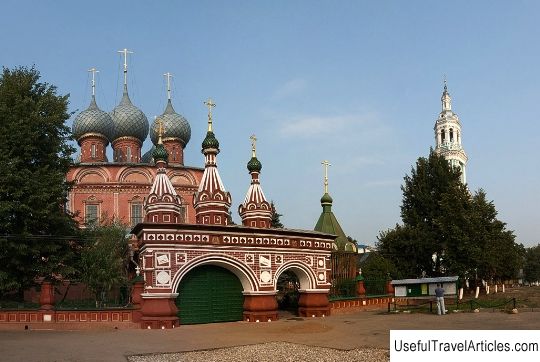Spaso-Zaprudnenskaya Church description and photos - Russia - Golden Ring: Kostroma
Rating: 7,8/10 (689 votes) 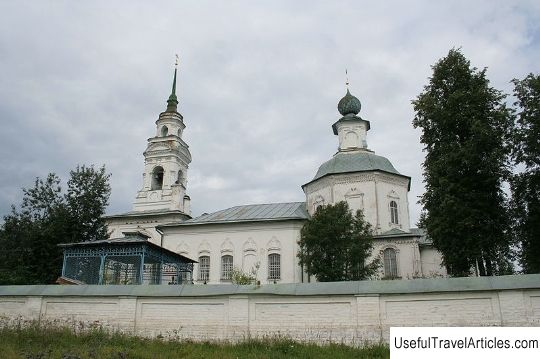
Spaso-Zaprudnenskaya church description and photos - Russia - Golden Ring: Kostroma. Detailed information about the attraction. Description, photos and a map showing the nearest significant objects. Photo and descriptionSpaso-Zaprudnenskaya Church is an Orthodox church located in Kostroma, on the right bank of the Zaprudnya, which flows into Kostroma near the Ipatiev Monastery. The history of the creation of this temple is connected with the appearance of the icon of the Mother of God to Prince Vasily Yaroslavich in the 13th century. In the 17th century, the Spaso-Zaprudnensky Monastery had the status of a patriarchal brownie. When the Synod was created, the monastery began to belong to the synodal region. But it did not differ in wealth: in 1721, in addition to the builder Paul, only four monks lived in it. In 1724, by decree of the Holy Synod, the monastery was closed and assigned to the Epiphany monastery. Until the middle of the 17th century, all buildings on the territory of the monastery were wooden. At the beginning of the second half of the 17th century, a stone temple was erected here - two-story, one-domed, one-apse in the Naryshkin Baroque style. It was consecrated in 1754. According to legend, the altar of the temple was built over a pine stump, on which the appearance of Theodorovskaya icon of the Mother of God to the Kostroma prince took place. In 1760, by order of Bishop Damascene, the Kostroma Theological Seminary was transferred to the Zaprudnya. For this reason, a number of buildings were completed. The seminary complex included residential and educational buildings, a bishop's house was arranged. The existing buildings of the monastery were also used for the needs of the seminary: the library and the classroom were located on the first floor of the Savior Church, and the wooden Vvedenskaya monastery church (which in 1809 was dismantled due to dilapidation) became a temple for seminarians. At this time, the Church of the Savior-Zaprudnenskaya had three thrones: two on the first floor for winter worship and one on the second floor in the summer church. The bell tower was located separately from the church. In 1764, the Spaso-Zaprudnensky monastery was abolished; its buildings were transferred to the seminary, the Savior Church became a ruffian one - it received funds from the Assumption Cathedral. In 1806, at the expense of the merchant Vasily Strigalev, a refectory was attached to the church, which had a warm side-altar in the name of the Theodorovskaya Icon of the Mother of God, and a two-tiered bell tower in a classic style. In 1813, a wooden educational building burned down in a fire, after which the Theological Seminary was transferred to the Epiphany Monastery, and the Church of the Savior became a non-parish church (it received a parish only in 1861). At the cemetery, surrounding the church from the end of the 18th century, representatives of the famous families of merchants and industrialists of Kostroma began to be buried: the Durygins, Kartsevs, Zotovs, Kashins, Solodovnikovs, Mikhins, Strigalevs. Many of them during their lifetime allocated funds for this temple. In 1838, on the lower floor of the church (on the south side), at the expense of G.D. Solodovnikov, a chapel was built in the name of the Entry into the Temple of the Mother of God; in 1855 at the expense of D.Ya. Durygin - a chapel in honor of St. Dimitry Prilutsky - on the north side in the lower floor; in 1864, with the care of the factory owners Zotovs, the upper church was reconstructed into a warm two-altar. The grave of the blessed Daryushka, who was venerated far beyond the borders of the Kostroma province and who died in 1831, has been preserved in the church fence to this day. At the beginning of the 20th century, under the care of the Alexander Orthodox Brotherhood, a women's needlework school was opened here. After 1917, the Savior Church continued to operate, but much has changed in church life: the authorities banned religious processions, the temple was under threat of closure. Twice in the newspapers it was reported about the closure of the church, but the temple was never closed, despite the fact that bells were thrown from the bell tower and many tombstones were broken in the cemetery. The Spaso-Zaprudnensky Church was included in the number of those Kostroma churches that were not closed during Soviet times. Since 1990, the tradition of performing annual religious processions on the day the miraculous Feodorovskaya icon was found was renewed. The main revered shrine of the Savior-Zaprudnenskaya Church is the image of the Image of the Savior Not Made by Hands. According to legend, it was written in the 13th century by order of Prince Vasily Yaroslavich (according to the restorers, the icon was painted not earlier than the 16th century). This icon was a temple image of an old wooden church.      We also recommend reading The building of the Saratov Main Directorate of the Central Bank of Russia, description and photo - Russia - Volga region: Saratov Topic: Spaso-Zaprudnenskaya Church description and photos - Russia - Golden Ring: Kostroma. |
